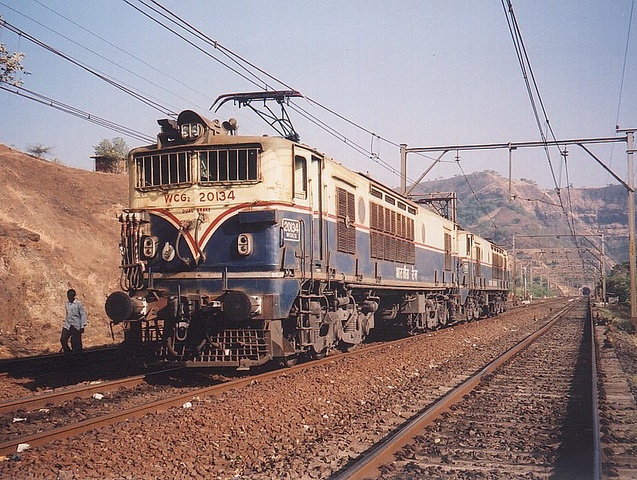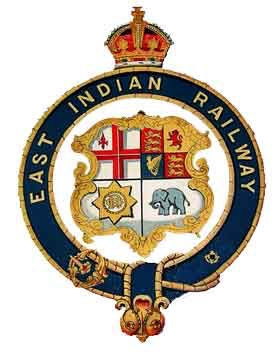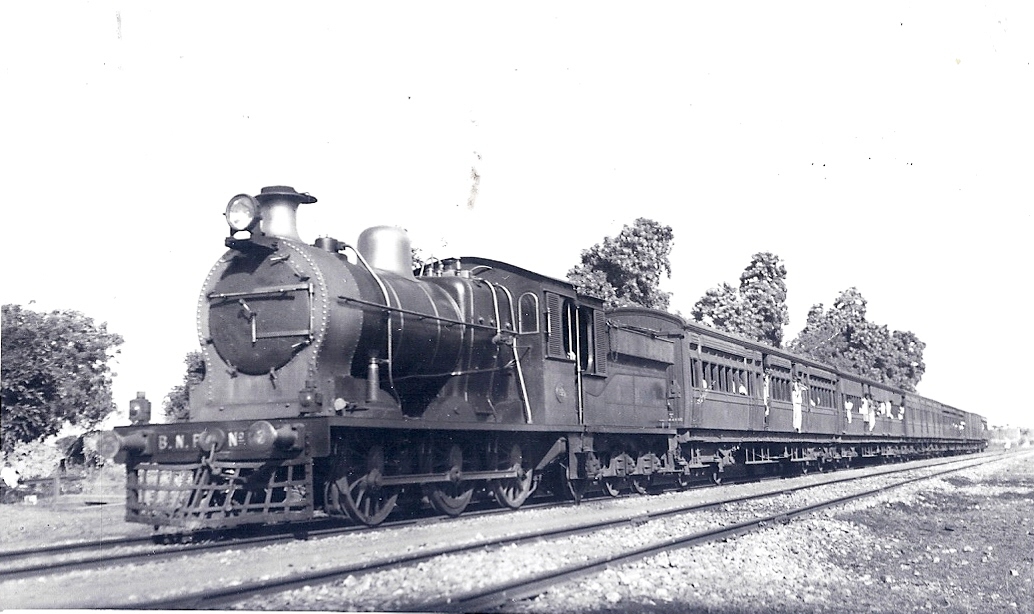
Between 1925 and 1960 all electrified #railway tracks in #India operated on a Direct Current system. The last sections of 1.5 kV DC from Mumbai to Panvel and Thane to Vashi, were upgraded to 25 kV AC in April 2016. Here is a look at the now extinct DC locomotives of India. 



WCP-1/2 ordered by GIPR to a Swiss Locomotive & Machine Works design for operations over the Western Ghats in 1928. 22 Vickers built locos entered service in 1930 and served into the mid-1980s. With a top speed of 137 km/h, the locos offered 15,295 kgf of tractive power. 

WCP-3/4 were two locomotives ordered to General Electric Company and Brown, Boveri & Cie. designs for evaluation purposes in 1928. Built by R&W Hawthorn, Leslie & Co. both offered lower tractive effort and speed than the WCP-1 (EA-1). They operated into the late 1960s. 

WCG-1 were ordered in 1926 by GIPR. These were meant for freight operations and also served as bankers. 41 of these locos were built to a Brown, Boveri & C design by by SLM in Winterthur and at Vulcan Foundry. Withdrawn in 1993. Top speed 80km/h and tractive effort 30,482 kgf. 



The YCG-1/EM-1 was a class of 7 electric locomotives built by English Electric in the 1930s for use on the metre-gauge electrified lines in the Chennai area by the South Indian Railway Company . These freight locos were withdrawn in 1965. 

WCM-1 were the first new class of mixed use locos built by Vulcan Foundry and English Electric. They entered service in 1955. A total of 7 WCM-1 locomotives were built and the last one was withdrawn in 2000. The loco was capable of 120km/h and a tractive effort of 31,000 kgf. 



12 WCM-2 were first ordered for the Kolkata suburban section. They were transferred to Central Railways when Eastern Railway converted to 25 kV AC system in 1960. These were broadly similar in performance with the preceding WCM-1, but reputedly less reliable. 

In 1958, three WCM-3 were ordered from Hitachi for 3 kV suburban services around Kolkata. While they operated until the early 1990s, the WCM-3 proved a failure in Indian service with low reliability and tractive power. They were transferred to CR in 1961. 

WCM-4 was developed by Vulcan Foundry and English Electric and built for Indian Railways by Hitachi. A class of 7 were delivered to Central Railway in 1959 and served into the late 1990s. Offered marginally greater tractive effort over the WCM-1/2.
A total of 21 WCM-5 locomotives were built at Chittaranjan Loco Works between 1961 and 1963. These were a local developments of the WCM-1 and were used on many Express trains like the Deccan Queen, Indrayani Express etc as well as in Freight Duties until the 1999. 

WCG-2 is a class of 57 DC locomotives developed in India and built at by CLW between 1970-78. This mixed use loco is known for doing passenger duties and banking duties in pushing up trains over the Bhor and Thull ghats. Last loco withdrawn in 2012. Tractive effort of 35,600 kgf. 

WCM-2 was a class of two (the last DC) locomotives built by CLW as attrition replacements for Central Railways older DC locos in the mid-1990s. They combine the body of the WAM-4 class loco with the bogies of the WAG-7 class. Both converted to 25KV AC by ELW -Bhusuwal in 2008. 

• • •
Missing some Tweet in this thread? You can try to
force a refresh































